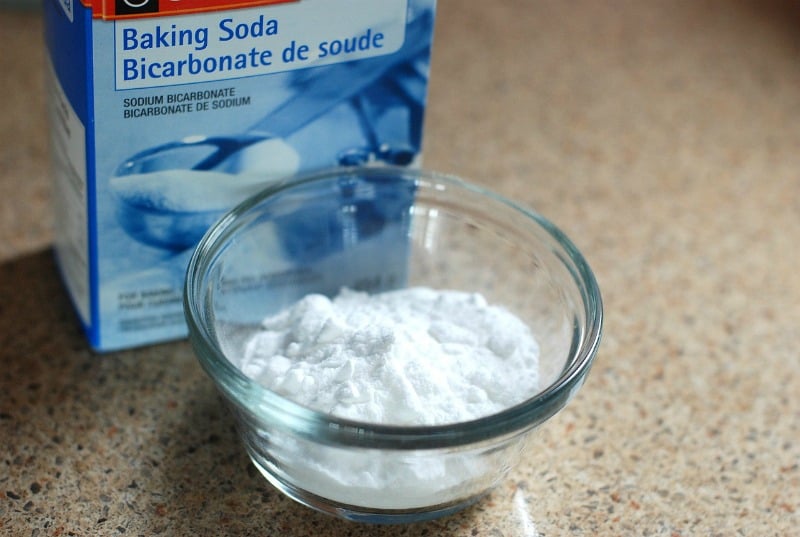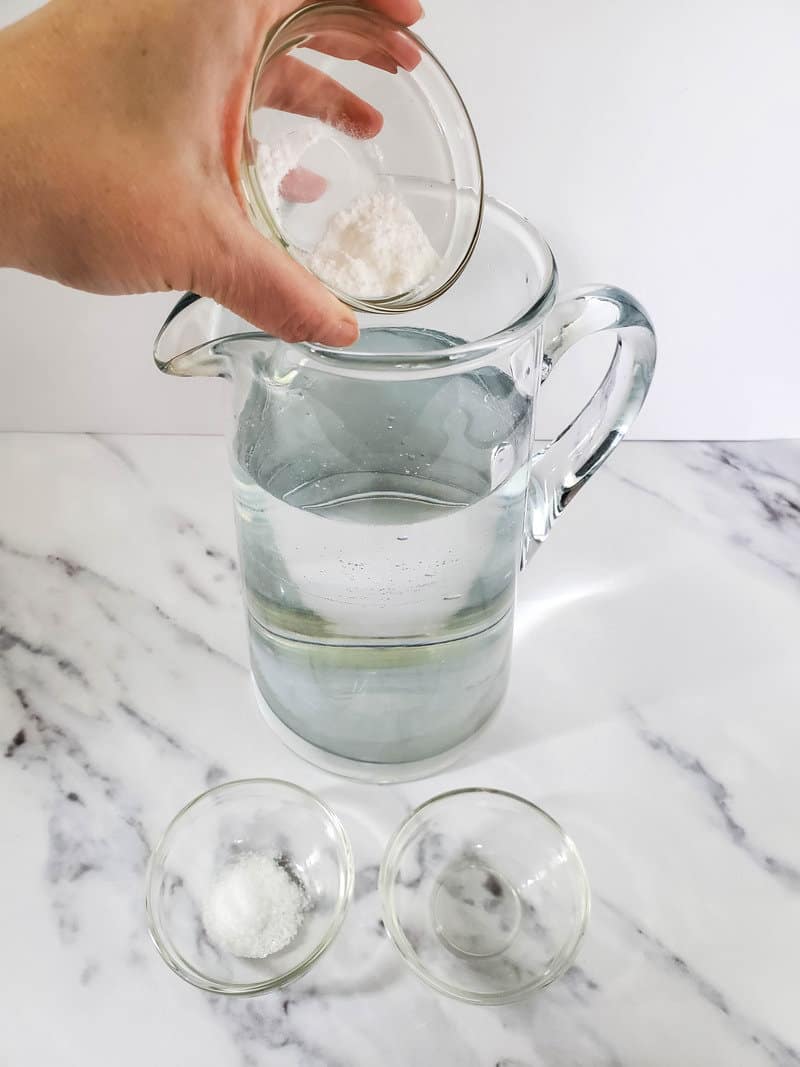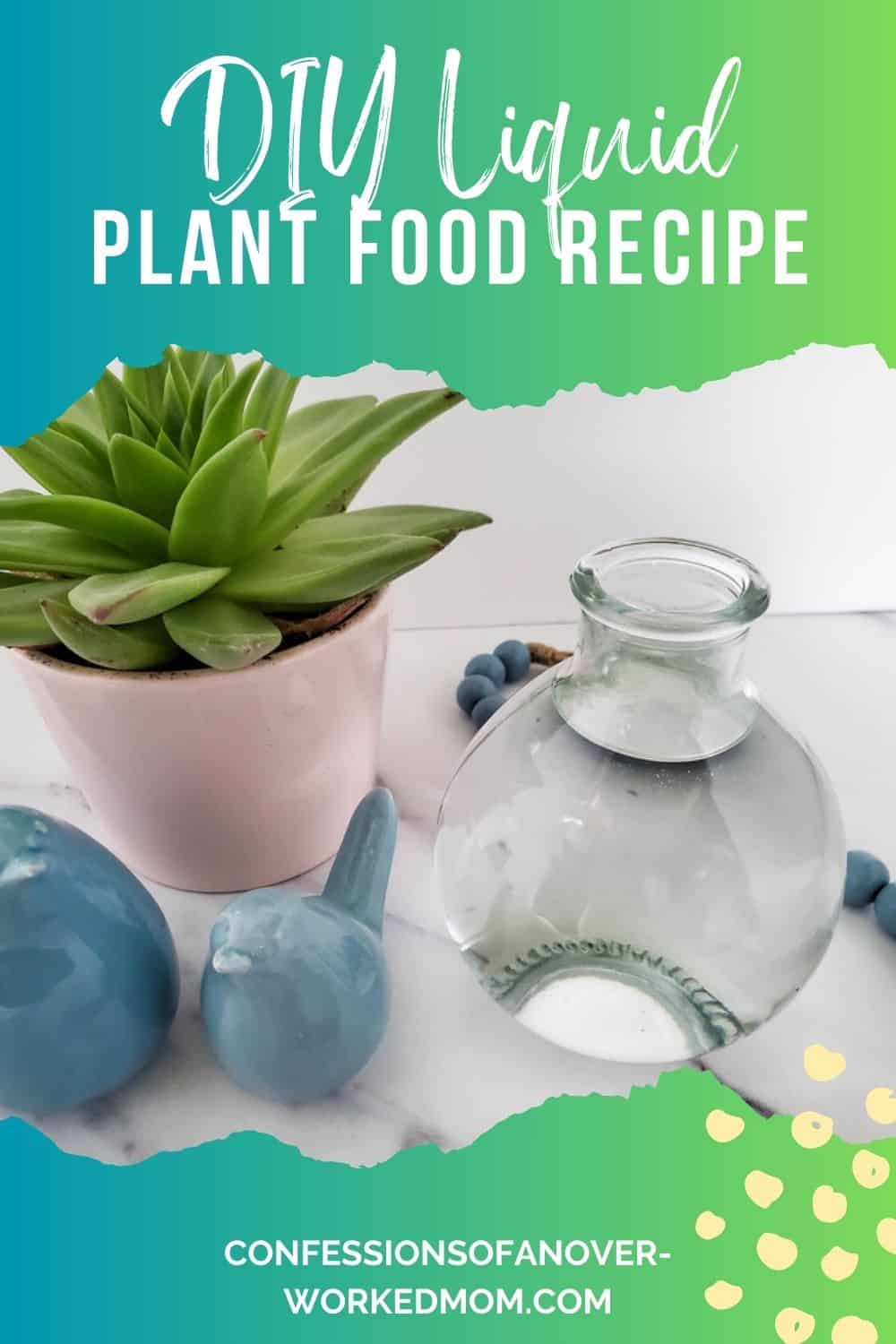Last Updated on March 23, 2024 by Ellen Christian
Check out this liquid plant food recipe and give your indoor plants the extra nutrients they need. Make a batch of this homemade plant food today.
Posts may be sponsored. This post contains affiliate links, which means I will make a commission at no extra cost to you should you click through and make a purchase. As an Amazon Associate I earn from qualifying purchases.
DIY Liquid Plant Food Recipe
For those of us who nurture a forest within the confines of our living spaces, the health and vibrancy of our indoor plants are not merely a matter of aesthetics but a daily duty, much like feeding a family.
But just as every good chef knows, the key to a flourishing garden lies not only in the sustenance provided but in the quality and balance of the ‘ingredients’ we use. Enter liquid plant food, the elixir of life for your beloved greenery.
By providing an array of essential nutrients in a readily available form, liquid plant food can be the gamechanger for your indoor garden. But what happens when you don’t have a bottle of commercial plant food on hand or choose to avoid the sometimes-harsh chemicals contained within them?
The simple answer is homemade liquid plant food. And in this post, we’ll cover why it’s a worthier alternative than you might think, and how you can whip up your own potent brew to keep your leafy pals pampered and thriving.
Check out these indoor plants that need no sunlight.
Why Liquid Plant Food is Crucial for Indoor Plants
It’s a symbiotic relationship; just as we need balanced meals to fuel our bodies, plants require specialized ‘nutrient cocktails’ to support growth, fight off disease, and produce those enchanting blossoms. Liquid plant food offers a quick influx of essential nutrients, making it a popular, convenient, and highly effective method of nourishment.
Do Your Plants Really Need Plant Food?
Plants can’t simply pop out to the grocery store when they’re craving some ‘manganese’. Instead, they rely on the fortuitous combination of soil nutrients and water, and perhaps the generosity of their human caregivers.
The Magic of Nutrients in a Bottle
One of the main advantages of liquid plant food is the rapid uptake of nutrients. Unlike solid fertilizer, which needs to be dissolved and then absorbed through the soil, the liquid variety’s dissolved form allows the plant to drink them up almost immediately, with very little ‘translation’ necessary.
The Diverse Benefits of Liquid Plant Food Recipes
Homemade plant food can be as simple or complex as you like, but the benefits are always clear. Each ingredient carries a specific property that benefits your plants in distinct ways.
The Role of Ammonia
It might seem like an unlikely player, but ammonia (in the form of ammonium nitrogen) is a key nutrient in the plant world. It supports plant growth and helps them build the proteins necessary for new tissues.
Baking Soda for a pH Your Plants Will Love
Baking soda isn’t just for baking and cleaning; it can adjust the acidity of your soil (raise the pH) to make it more hospitable for specific plants that enjoy a more alkaline environment.
Epsom Salts: A Multi-Faceted Mineral for Plants
The use of Epsom salts in the garden is not a new concept. When dissolved in water, it provides magnesium and sulfur, two vital elements for strong and rich development.
Mixing It Up: Creating and Administering Your Homemade Liquid Plant Food
The process of whipping up a batch of liquid plant food is not as intricate as one might think, but it does require care and some knowledge of what you’re feeding your plants.
Balancing the Recipe
Before you start to mix, consider the needs of your specific plants. Are they heavy feeders, craving regular infusions of nutrients, or do they require a more delicate touch? Adjust your recipe accordingly.
The Watering Process
The actual administration of liquid plant food can affect its efficacy. Water your plants as you normally would, then follow up with the plant food, ensuring you’re not just nourishing the topsoil but the roots as well.
These watering globes make watering your plants easy.
Storing Your Homemade Elixir
Once you’ve crafted your liquid plant food, it’s important to store it correctly to ensure it maintains its potency. A clean, airtight container in a dark, cool place is ideal.
Mastering the Mix: Tips for Using Homemade Plant Food
Even the most dedicated of plant parents can trip up when it comes to fertilizing. But with a few tips, it becomes as simple as brewing your morning coffee.
Timing is Everything
Don’t be tempted by overzealous feeding. Over-fertilizing can be just as detrimental as under-fertilizing, so stick to a regular schedule — typically once a month, but make sure to gauge your plants’ needs as well.
Consistency is Key
Once you find a recipe that works, stick with it. Sudden changes in your plant’s diet can stress them out, just like it would for us if our favorite eatery changed the recipe for our beloved dish.
Observe and Adjust
Plants, like people, can have individual needs. Regular observation of your plants — new leaves, an increased number of buds, etc. — can signal that a change in feeding is needed.
Check out these tips and learn how to divide plants.
Homemade Plant Food Recipes That Pack a Punch
Now for the ‘meat’ of the matter, your liquid plant food recipes. The below are just a few combinations to get you started; feel free to experiment and find what works best for your green companions.
General All-Purpose
For a balanced, all-around feed, mix 1 teaspoon of baking soda, 1 tablespoon of Epsom salts, and 1 teaspoon of ammonia into a gallon of water, stirring until dissolved.
Nitrogen-Rich Nectar
Plants in need of a growth spurt will benefit from a solution higher in nitrogen. Combine 1 tablespoon of coffee grounds (they’re about 2% nitrogen), 1 teaspoon of ammonia, and a gallon of water.
The Blossom Booster
For that ‘ready to burst into bloom’ look, a phosphorus-heavy mix should do the trick. Mix 1 tablespoon of sugar (feeds helpful soil bacteria that create nutrients for your plants), 1 tablespoon of Epsom salts, and a gallon of water.
Conclusion
By now, the advantages of liquid plant food for indoor plants and the simplicity of creating your own should be clear. Not only does it provide essential nutrients in a fast-acting form, but it also allows you to tailor the ‘menu’ to your plants’ specific needs. And it’s not just a cost-effective option; it’s an environmentally friendly one, too.
However, as with any element of plant care, balance is key. Regular observation and smart adjustments to your feeding regime will ensure a garden that flourishes and astounds. Whether it’s a regular all-purpose tonic or a special treat to nudge your plants in a particular direction, the liquid plant food you brew at home can be as varied and special as the collection you tend to.
With each gallon batch, you’re one step closer to being the hero of your own botanical tale — the guardian of glorious greens flourishing under your watchful eye and loving care.

Ellen is a busy mom of a 24-year-old son and 29-year-old daughter. She owns six blogs and is addicted to social media. She believes that it doesn’t have to be difficult to lead a healthy life. She shares simple healthy living tips to show busy women how to lead fulfilling lives. If you’d like to work together, email info@confessionsofanover-workedmom.com to chat.








